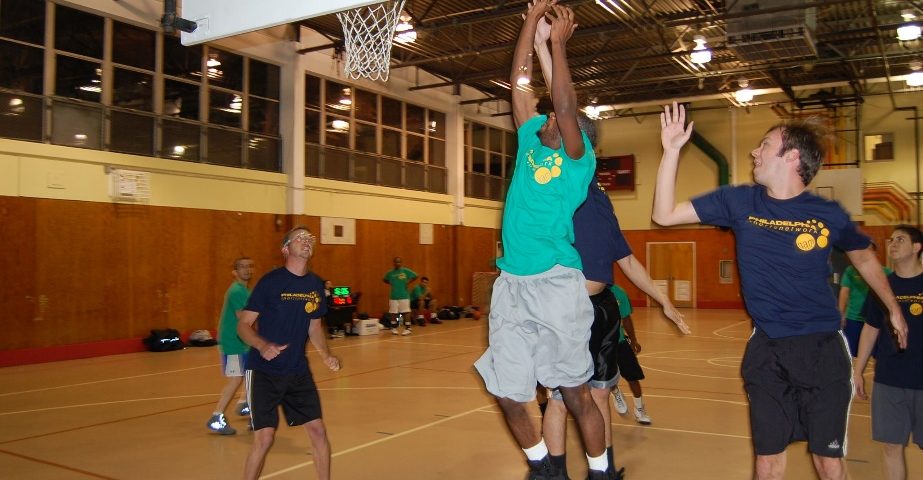Is playing pickup basketball games dangerous for rupturing Achilles Tendons?

How does hammer toe foot surgery work?
May 2, 2023
Is stretching a must while even going for a jog?
May 12, 2023Engaging in pick-up basketball games can potentially pose a risk of Achilles tendon rupture, although the likelihood of such an injury depends on various factors. Here are some key points to consider:
- Intensity and physicality: The risk of Achilles tendon rupture increases during activities that involve sudden bursts of acceleration, deceleration, and changes in direction. In pick-up basketball games, the level of intensity and physicality can vary greatly, depending on the players and their playing style. Aggressive movements, sudden stops, pivoting, or jumping can put stress on the Achilles tendon, increasing the risk of injury.
- Conditioning and warm-up: Adequate conditioning and warm-up exercises are essential to prepare your body for physical activity, including basketball. A well-conditioned Achilles tendon is generally more resistant to injury. Insufficient warm-up or inadequate conditioning may increase the risk of an Achilles tendon rupture.
Footwear and playing surface: Wearing appropriate basketball shoes that provide proper support, cushioning, and stability can help reduce the risk of Achilles tendon injuries. Additionally, the playing surface can also impact injury risk. Playing on a court with good traction and shock absorption may be safer compared to uneven or hard surfaces.
Personal factors: Certain factors may increase an individual’s susceptibility to Achilles tendon injuries. These can include age (middle-aged and older individuals are at higher risk), previous history of Achilles tendon problems, structural abnormalities, or systemic conditions that weaken tendons.
While participating in pick-up basketball games does carry some risk, it’s important to note that the majority of players do not sustain Achilles tendon injuries. Taking precautions and adopting injury prevention strategies can help minimize the risk further. Some measures to consider include:
- Gradually increasing activity levels and allowing for adequate rest and recovery between sessions.
- Engaging in regular strengthening and flexibility exercises for the lower legs, including the Achilles tendon.
- Paying attention to proper technique and biomechanics during movements.
- Listening to your body and avoiding overexertion or pushing through pain.
- Being cautious if you have a history of Achilles tendon issues or other risk factors, and consulting with a healthcare professional for guidance.
Remember, individual circumstances can vary, and it’s always a good idea to consult with a healthcare professional, such as a sports medicine specialist or orthopedic surgeon, for personalized advice based on your specific situation.



